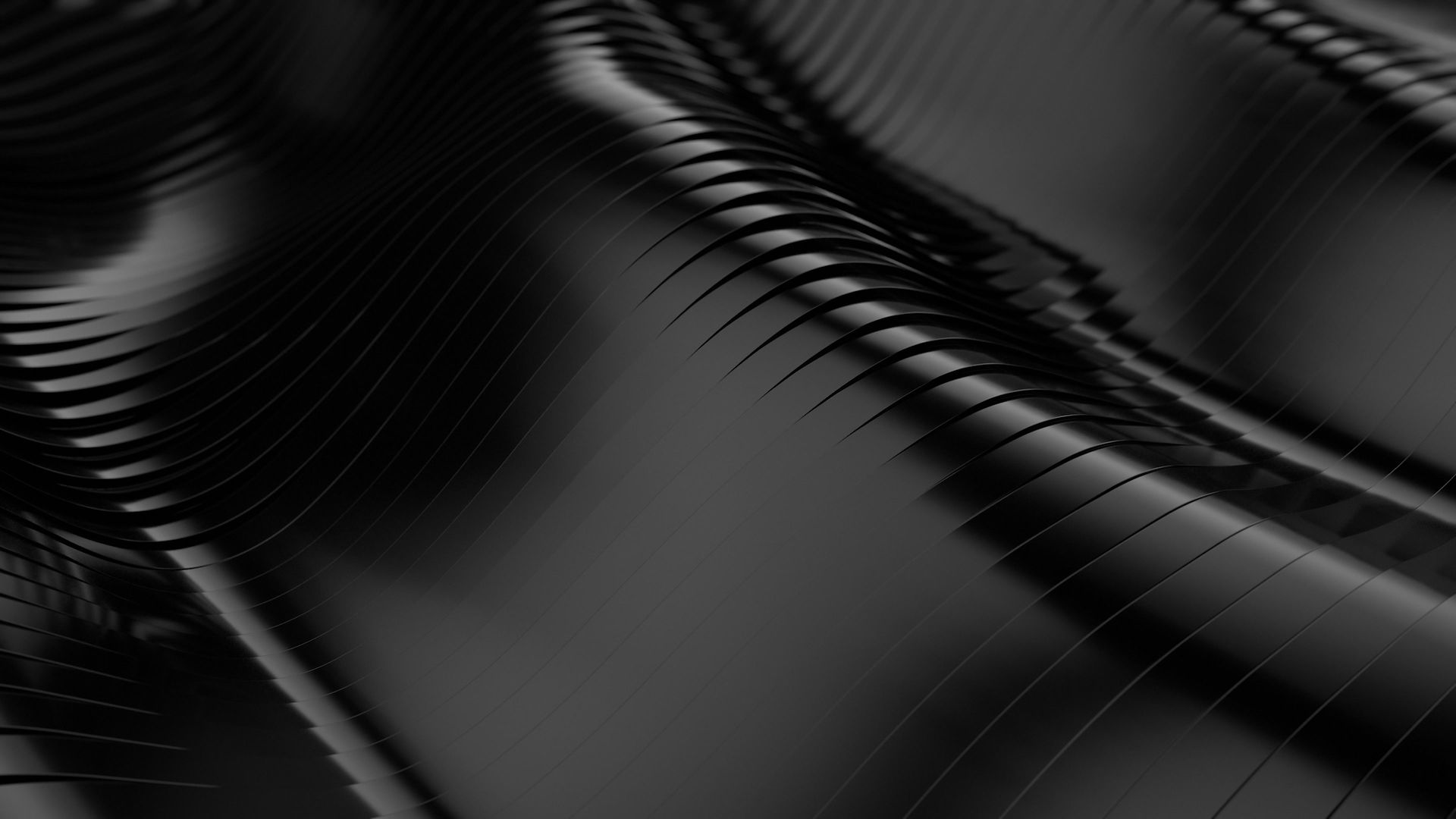

Design&Integrate
in virtual reality
HOW do you connect your designers with your end users? CAD software? Anthropometry? Ergonomic analysis? These are all great tools, but all leave a divide between our 3D models and how our designs function and embody space in the real world. This is where virtual reality (VR) comes in. VR allows us to upload our designs into a game engine, put on a headset and be completely immersed in our designs.
IN VIRTUAL REALITY
IN REALITY
general Design
Listed below are a few design projects I have worked on alongside my engineering team. The designs have ranged from fully integrated (turn-key) systems to detailed components or tool fixturing. Each design starts out as a hand-drawn sketch and then gets converted to a 2D model for kinematic analysis. Finally, a 3D model is created and analyzed using FEA. During this process, we would inspect for potential material failure, electrical overloads, and/or desirable flow-rate and pressure. Finally, the design phase would end with a detailed drawing using geometric dimensioning and tolerancing standards (GD&T).
 |  |  |
|---|---|---|
 |  |  |
 |  |  |
 |  |

Furniture Design and fabrication
Generative design
A generative design table This was created in CAD simulator software. The method of design was accomplished by creating fictitious forces applied onto the top of a cylindrical body (torsion). The software then does an FEA simulation and traces the stress lines throughout the mesh. Finally, the software can be used to remove excess material. Leaving only material under stress. This results in a beautiful organic style design. The model was then modified for PLM production and uploaded to a 3D printer. After printing the table underwent various coatings and annealings to strengthen the product for final use.
Jurassic table
 |  |  |
|---|---|---|
 |  |


